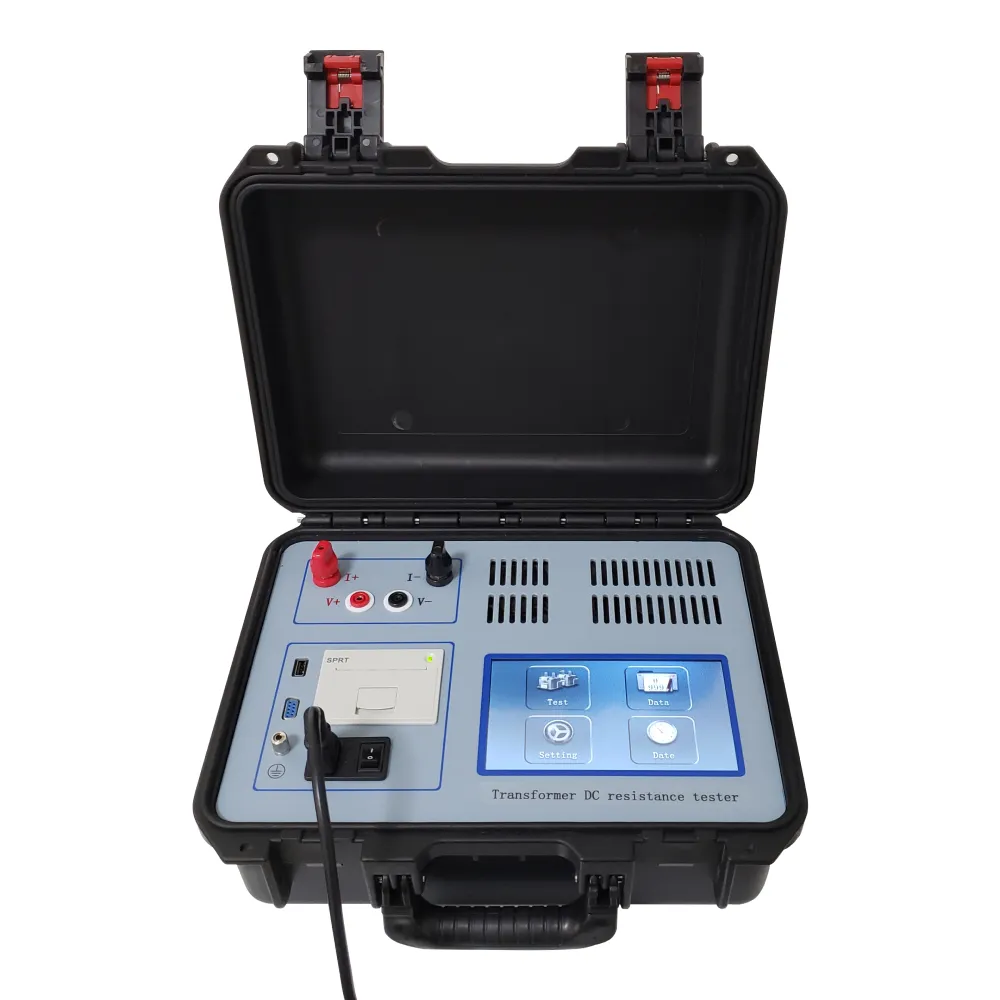 English
English


Exploring Transformer Performance Metrics Through PPM Testing and Analysis in Modern Applications
Understanding Transformer PPM Testing A Key to Electrical Safety and Reliability
Transformers are indispensable components of electrical power systems, serving to step up or step down voltage levels for efficient transmission and distribution of electricity. Given their critical role, ensuring the reliability and safety of transformers is paramount. One of the key tests employed to assess the health and performance of transformers is PPM (Parts Per Million) testing, which evaluates the level of pollutants in transformer oil. This article will explore the significance of PPM testing, how it is conducted, and its implications for transformer maintenance.
The Importance of Transformer Oil
The oil used in transformers serves two key functions it acts as an insulator and a coolant. Over time, however, the performance of transformer oil can degrade due to the presence of contaminants such as moisture, particulates, and dissolved gasses. High levels of these pollutants can compromise the insulating properties of the oil and lead to overheating, ultimately resulting in reduced efficiency or catastrophic failure of the transformer. Consequently, monitoring the quality of the transformer oil through PPM testing is essential in maintaining operational integrity.
What is PPM Testing?
PPM testing involves determining the concentration of specific contaminants in transformer oil, usually expressed in parts per million. This measurement allows operators to identify potential issues before they escalate into significant failures. Common contaminants measured during PPM testing include water, dissolved gasses, and various types of particulates. By analyzing these levels, technicians can pinpoint problems related to insulation degradation, moisture ingress, and other anomalies that may affect transformer performance.
The PPM Testing Process
transformer ppm test

The process of PPM testing typically begins with a sample of transformer oil being taken from the unit for analysis. The sample is then subjected to several tests, which may include gas chromatography, water content testing, and particulate counts. Each of these tests provides insights into the condition of the oil and, by extension, the transformer itself. The data gathered helps in determining whether the oil meets industry specifications and if it needs to be replaced or treated to remove contaminants.
One common method used in PPM testing is the gas chromatography test, which can identify the concentration of gasses such as hydrogen, methane, and ethane in the oil. These dissolved gasses can hint at underlying issues such as overheating or arcing within the transformer. Moreover, moisture levels are critical; even a small amount of water can significantly reduce the insulating properties of the oil, exacerbating the risk of electrical failures.
Implications for Maintenance
Regular PPM testing is critical in establishing a predictive maintenance strategy for transformers. By routinely monitoring oil quality, utility companies and other operators can identify trends and make informed decisions regarding maintenance and repairs. This proactive approach not only minimizes the risk of unexpected failures but also extends the lifespan of the transformer, leading to significant cost savings over time.
Additionally, regulatory organizations often require periodic PPM testing as part of compliance with safety standards. Maintaining records of PPM test results can aid in meeting these regulations, helping organizations to avoid potential penalties and ensuring the safety of their operations.
Conclusion
Transformer PPM testing is a crucial aspect of managing the health and reliability of electrical systems. By regularly assessing the quality of transformer oil, operators can proactively address issues related to contamination, thereby enhancing performance and safety. As the demand for reliable power continues to grow, the importance of such testing in the electrical industry cannot be overstated. Embracing this practice not only safeguards investments in critical infrastructure but also fosters a more resilient energy system.
-
Differences between open cup flash point tester and closed cup flash point testerNewsOct.31,2024
-
The Reliable Load Tap ChangerNewsOct.23,2024
-
The Essential Guide to Hipot TestersNewsOct.23,2024
-
The Digital Insulation TesterNewsOct.23,2024
-
The Best Earth Loop Impedance Tester for SaleNewsOct.23,2024
-
Tan Delta Tester--The Essential Tool for Electrical Insulation TestingNewsOct.23,2024





